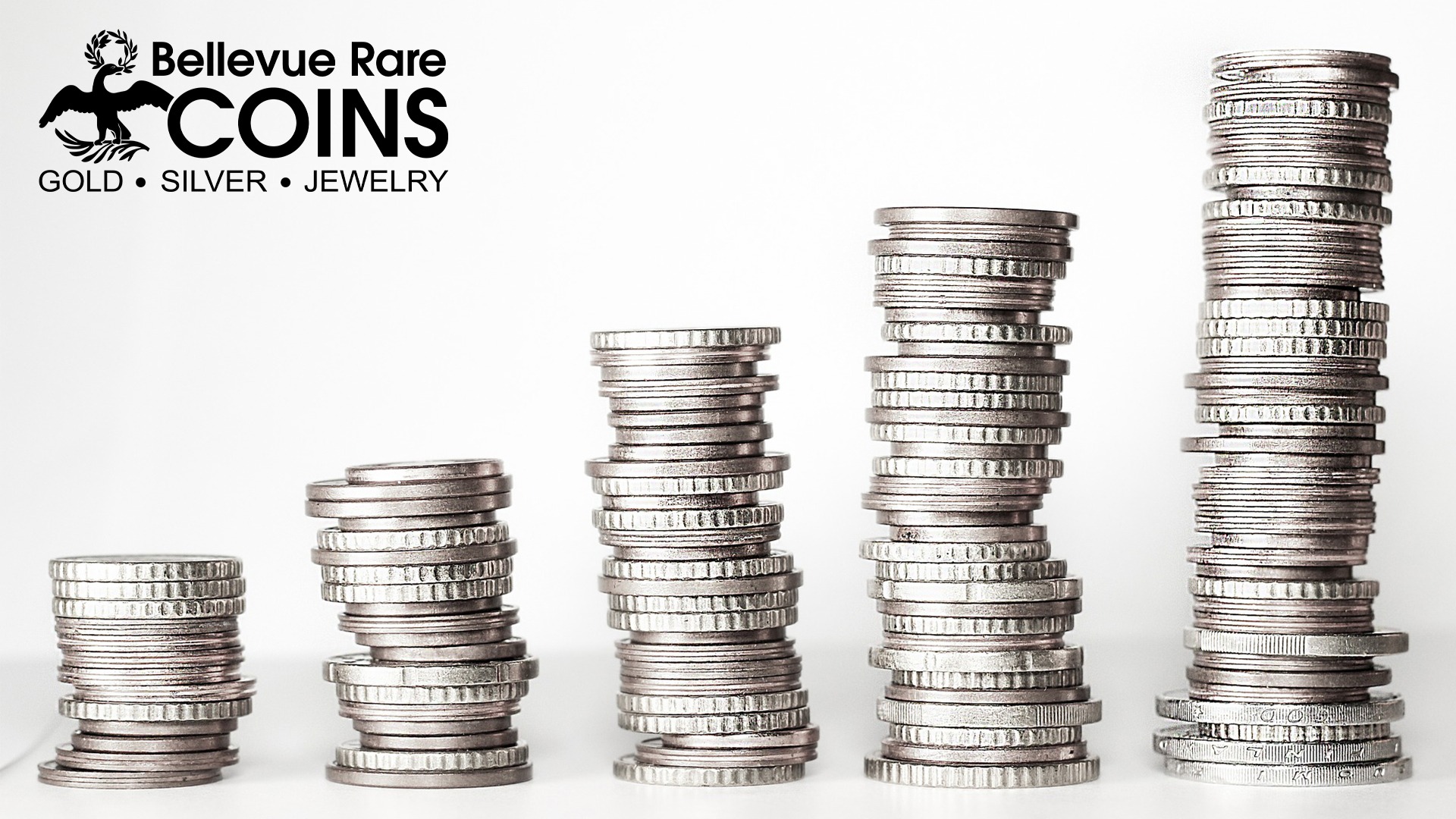Bellevue 425-454-1283 · Lynnwood 425-672-2646 · Issaquah 425-392-0450 · Tacoma 253-328-4014

In 10 years from now, $1 will not buy as much as that same dollar would buy today. This is the basic principle behind inflation; that prices for goods and services rise continually over time.
Inflation has been on investors’ minds recently, as official inflation measures have exceeded 4%, the fastest pace since 1991. The Federal Reserve officially targets a 2% inflation rate, considering this a “healthy” level of inflation.
While the hyperinflation seen in the 1970’s is unlikely to return in the modern era, high inflation is a concern nonetheless. For Americans, high inflation can affect both the cost of groceries and services, but also the performance of our investment portfolios.
High inflation is here, and it seems likely to stick around for some time. But what can we do about it? Are there any investment strategies for inflation?
Note: This article is for informational purposes only, and should not be considered financial advice. Speak to a qualified financial planner if you have questions or concerns about investing.
Gold has long been considered a hedge against inflation. For some, it’s an alternative currency of its own.
Over the very long term, gold has at least kept up with inflation, helping to preserve value over long periods of time. In fact, researchers determined that gold investments from the days of the Roman Empire have retained their buying power all the way to today.
In more extreme cases, owning gold can be life-saving. Take examples like Venezuela today, or the Zimbabwe of the 1990’s. In 2018, Venezuela’s annual inflation rate peaked at 1.8 million percent, causing the country’s currency to become almost completely worthless. In this case, any Venezuelan citizens fortunate enough to own gold would have preserved their buying power, while most people saw their savings evaporate.
Gold is not without its risks, of course. It can be volatile, and there’s no guarantee that its price will appreciate in the short-term (although this can be said of any investment class). Another substantial drawback is that gold is a zero-yield investment, meaning it pays no interest or dividends. Right now, when interest rates are historically low, this doesn’t have too much of an impact — but if rates rise, this is a notable downside to consider.
Gold has the most history as an inflation hedge, but the same logic holds true for investing in other precious metals. Learn more about investing in gold here, or invest today by contacting Bellevue Rare Coins.
The US federal government sells Series I Savings Bonds, otherwise known as I-Bonds, directly to citizens. These bonds pay two interest rates:
These two rates combine to create the composite rate, which is the actual interest rate you will earn on your I-Bonds.
Essentially, I-Bonds are designed to help investors protect their cash against inflation. Since they are pegged to the official inflation rate (adjusted every 6 months), they do just that. They are essentially risk-free, as they are guaranteed by the federal government.
I-Bonds are for 30 year terms, but you can cash them out any time after the first 12 months. However, if you redeem an I-Bond within the first 5 years, you will forfeit the last 3 months of interest payments.
The only real downside to I-Bonds is that you can only purchase $10,000 worth per year, per person.
Investing in stocks is another way to ward off the effects of inflation. Equities are risky, of course — and it’s certainly true that inflation fears can spook investors, potentially causing a stock market crash. But the reality is that equities tend to produce higher returns than any other primary asset class.
Because of their higher returns, equities are likely to produce solid real returns, which is the rate of return after the effect of inflation. For example, if the stock market rises 8% in a year, but the inflation rate is 3%, the real return is approximately 5%.
To make the most of equity investments, it’s wise to diversify. Investing in broad index funds, such as the S&P500, is ideal, as it avoids the risks of investing in individual stocks.
Collectibles are not a common investment class, but for some people, it’s an angle worth considering. Collectibles are simply physical objects that are rare or otherwise valuable, and could include:
If you’re reading this, chances are you have some interest in coins, currency and bullion — so investing in rare coins may be a great place to start.
Collectibles offer the advantage of being a truly alternative asset class, which moves independently of the broader investment market. And as investors are increasingly seeking out alternatives to invest in, the collectible market could be due for a boom.
Collectibles are a fairly opaque market, meaning that they are more complex to invest in than something like stocks or bonds. The long-term returns are difficult to calculate (although this research paper tried), but they generally produce positive returns over time.
Collectibles are also illiquid, meaning that they can take some time and effort to sell. You’ll need to use third-party price guides (such as the PCGS Coin Pricing guide for coins), and you’ll need to find a buyer for your items when you do decide to sell.
In the end, collectibles aren’t for everyone. But if you’re someone who genuinely enjoys the collecting process, investing in the collectibles market is worth considering.
Inflation can seem scary, but it’s no cause for panic. Ultimately, the relatively high inflation we’re seeing now should be temporary. Even if it’s not, inflation should not cause you to completely change your investment strategy.
Small, rational changes — like putting a small percentage of your portfolio into gold or I-bonds — may be wise, but ultimately, inflation shouldn’t prompt you to make any radical changes to your investing plan.